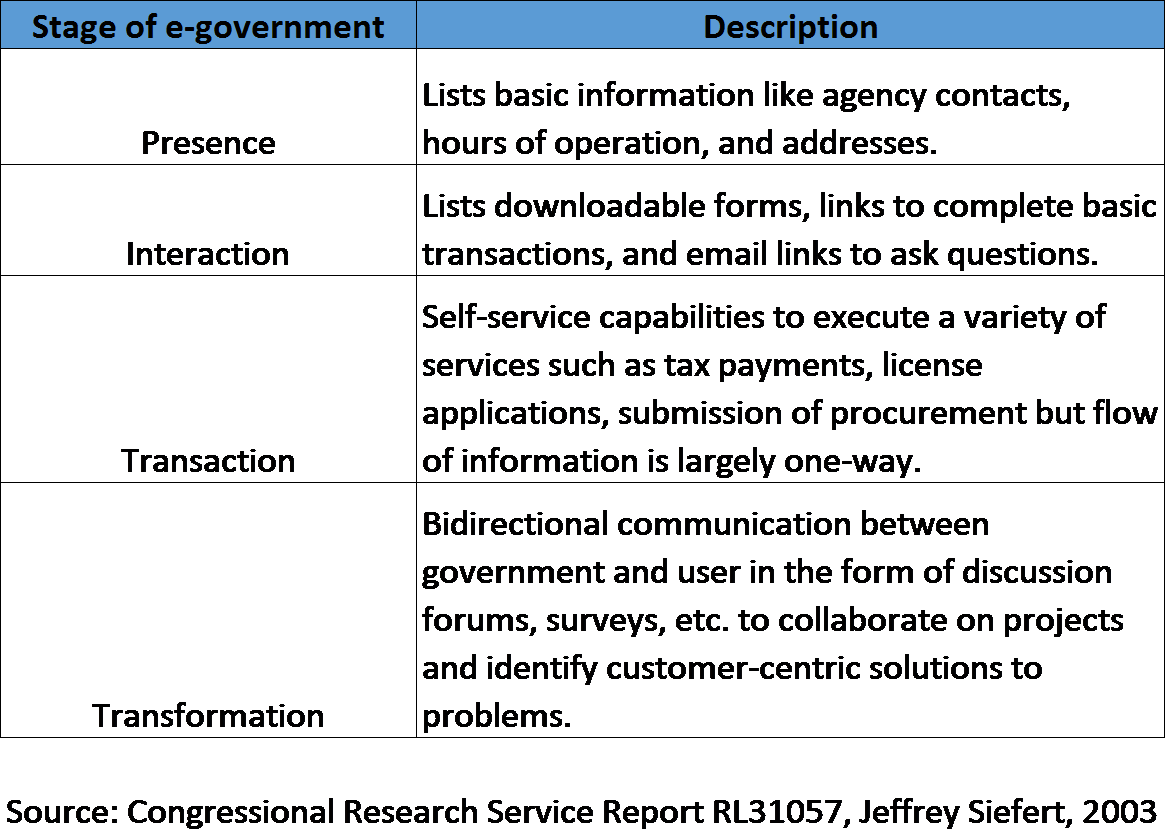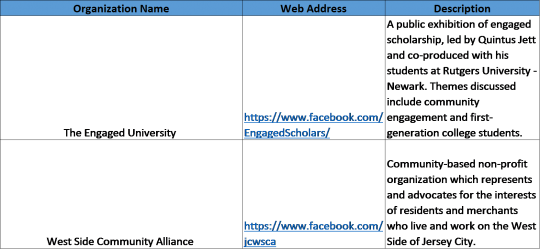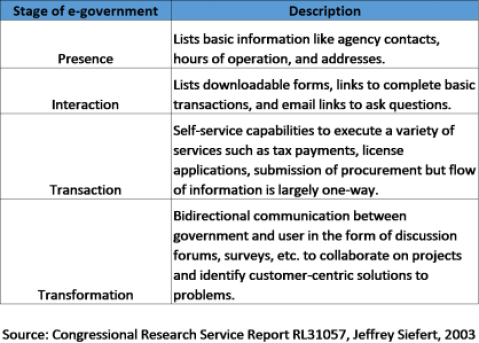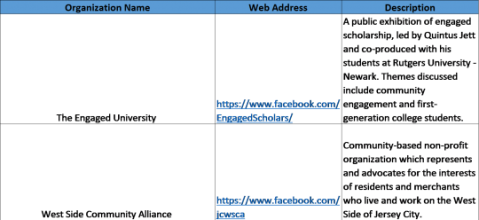Widgetized Section
Go to Admin » Appearance » Widgets » and move Gabfire Widget: Social into that MastheadOverlay zone
Public Influence on E-government and Digital Engagement
The views expressed are those of the author and do not necessarily reflect the views of ASPA as an organization.
By Cassandra Arnold
October 28, 2016
Deliberate public policies to improve digital literacy has tangible benefits for U.S. residents as well as the government entities. The Gartner Group’s widely accepted definition of e-government is the continuous optimization of service delivery, constituency participation, and governance by transforming internal and external relationships through technology, the internet and new media. Jeff Siefert, coordinator of policy research, and the Congressional Research Service describes the four stages of e-government as follows:

The benefits to U.S. residents and government agencies includes timely access to information and convenient ways to execute government transactions as described for the Presence, Interaction and Transaction stages. However, the most anticipated stage of Transformation, which aims to improve public engagement through interactive and bidirectional exchanges between residents and the government, is still not commonly featured in municipal, state, and federal websites and web-based apps. Why is this an issue?
Marc Holzer, Ph. D. founding dean of Rutgers University School of Public Affairs and Administration (SPAA) in Newark, articulated the transformative potential of the internet in a 2003 study called “Restoring Trust in Government.” To address increasing concerns with low voter turnout and perceptions of self-interested government officials, internet technologies provide more direction, communication and transparency between the public and public servants. The expansion of innovative technology to the masses has a predictable pattern of lags in adoption as identified in research dating back to the 1940s. The diffusion theory defines a pattern where the initial users of the new technology is small, but as popularity of the technology increases, access and usage becomes commonplace. This pattern was observed with the invention of the telephone, radio, television and now the internet. If this pattern is well-known, why do transformative functions still struggle to be commonplace despite over 20 years of internet connectivity?
Insights from a recent study of communication trends between politicians and constituents are informative. A study by Stephen Aikins and Meena Chary, “Online Participation and the Digital Divide: An Empirical Evaluation of US Midwestern Municipalities,” stated most politicians preferred to initiate communications with their constituents using traditional mail or media (e.g., television or radio), but most of these politicians preferred to receive information from their constituents via emails. Very few politicians used e-bulletins. Politicians also stated their technology strategy would keep pace with their constituents. In affluent areas where constituents are more educated, politicians are more likely to consider advanced technology communication tools like video streaming at city council meetings or a customer response system to register questions and complaints.
This trend of more educated and affluent demographic populations benefiting most from advanced technological functions was also identified by Aaron Smith’s 2016 study sponsored by the Pew Research Center regarding the digital sharing economy. The unfortunate consequence of this is that transformative technologies are supposed to provide greater support to disenfranchised populations.
Encouraging trends in public-motivated political movements using social media like Facebook and Twitter evidence transformative digital democracy. Christian Vaccari, assistant professor of political science at the University of Bologna, wrote Digital Politics in Western Democracies and identified the following trends:
- Mass self communication– self-generated content about political issues outside the realm of the traditional political infrastructure of political parties;
- Political action– organizations participate without sharing the same physical space; and
- Cyber parties– political parties that do not follow traditional party membership protocols but organize volunteer networks to support their causes.
Community-based and nonpartisan organizations are using social media to inform individuals about pending government ordinances, council meetings, and social justice projects. Individuals are aware of political movements such as Black Lives Matter and Bring Back Our Girls which mobilized millions of people to political action. Locally-led organizations can also benefit from a digital presence. The following table identifies a few NJ-based organizations that influenced public engagement in their communities:

Local organizations that engage in political action should consider the potential impact of a digital presence. In addition to educating the public, organizations can identify advocates to collaborate with on future projects. Per Vaccari, national parties review mass communication trends using data analytic techniques and adapt their messaging to suit their constituents, but this is not suitable bidirectional communication.
Government entities like the State of Hawaii, and cities like Newark, Philadelphia and New York have been recognized for their innovations in the Transformation stage of e-government. Also, Bloomberg Philanthropies has provided millions of dollars in grants to government entities that develop interactive features on their government-sponsored websites. The E-Governance Institute of Rutgers SPAA survey websites of large global cities to assess various metrics including citizen and social engagement and New York rated favorably in the last two surveys (2013-14 and 2015-16). But more investments are needed. Hopefully, the next E-Governance Institute of Rutgers SPAA survey will identify positive trends in citizen and social engagement.
Author: Cassandra Arnold is a graduate student at Rutgers University – Newark School of Public Affairs and Administration. She is pursuing a master’s degree in Public Administration with a concentration in Nonprofit Management. She can be reached at [email protected].






Follow Us!